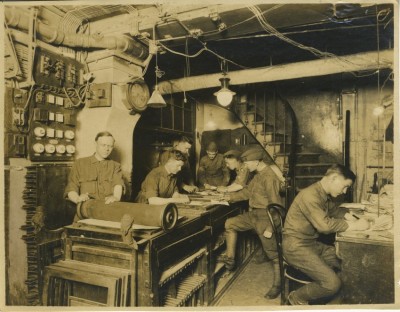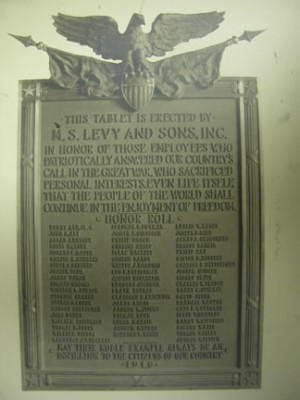Maryland Soldiers in World War I
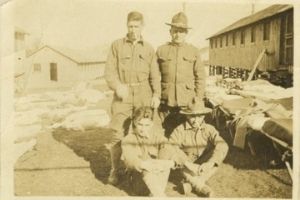
For the rest of the year we will be posting a series of blogs on the second Thursday of each month that highlight some of our collections related to World War I. Each post will focus on a single topic illustrated with photographs, objects and archives from the museum’s collections. This first post will focus on the troops.
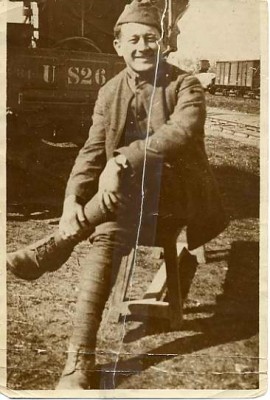
Though the rest of the world waged war throughout Europe, Asia and Africa starting in 1914, the United States did not officially enter the fray until April 1917. Despite a strong desire by many Americans to stay neutral, the US government had been building up the military before the declaration of war, and mobilization increased quickly after. Over the next two years, young men from every state in the union entered the military – some willing, some drafted. Not everyone wanted war, but once it started government propaganda did its best to stir up patriotism and support.
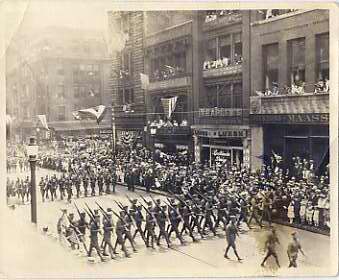
The enlisted soldiers, who made up the bulk of the army, were ethnically diverse – a full quarter of the soldiers spoke no English and African Americans constituted more than 10% of the troops. This was not new or unusual. American troops throughout history included immigrants as well as native-born men. The Jewish troops from Maryland would also have been a mixture of recent immigrants and descendents of men and women who had come to America during the nineteenth century.
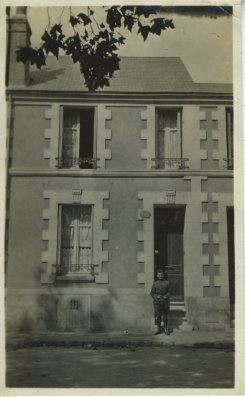
Once in the army the young soldiers shipped out to the training camps that sprouted up around the country. These camps brought both business and headaches to the surrounding residents. Men shipped out to parts of the country they had never seen before. Lester Levy, a Maryland native, went to Augusta, Georgia for training in 1918.

Though the bulk of young men were destined for the trenches, others filled a variety of positions that keep the military running. Only a few short years after the invention of the airplane, men like J. Jefferson Miller (a Baltimorean) became the first military aviators. Nicholas Beser was a cartoonist for the Stars and Stripes which reported news to the soldiers. Others were doctors or musicians, or provided any number other services that made the army function.
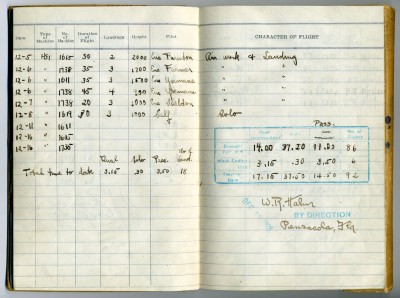
Honors and memorials for soldiers who fought and died during World War I began soon after the war ended. Besides the public or government honors (statues and medals) individuals and private companies would sometimes recognize the veterans connected to them.
Next month we will look at the role of women in World War I.


